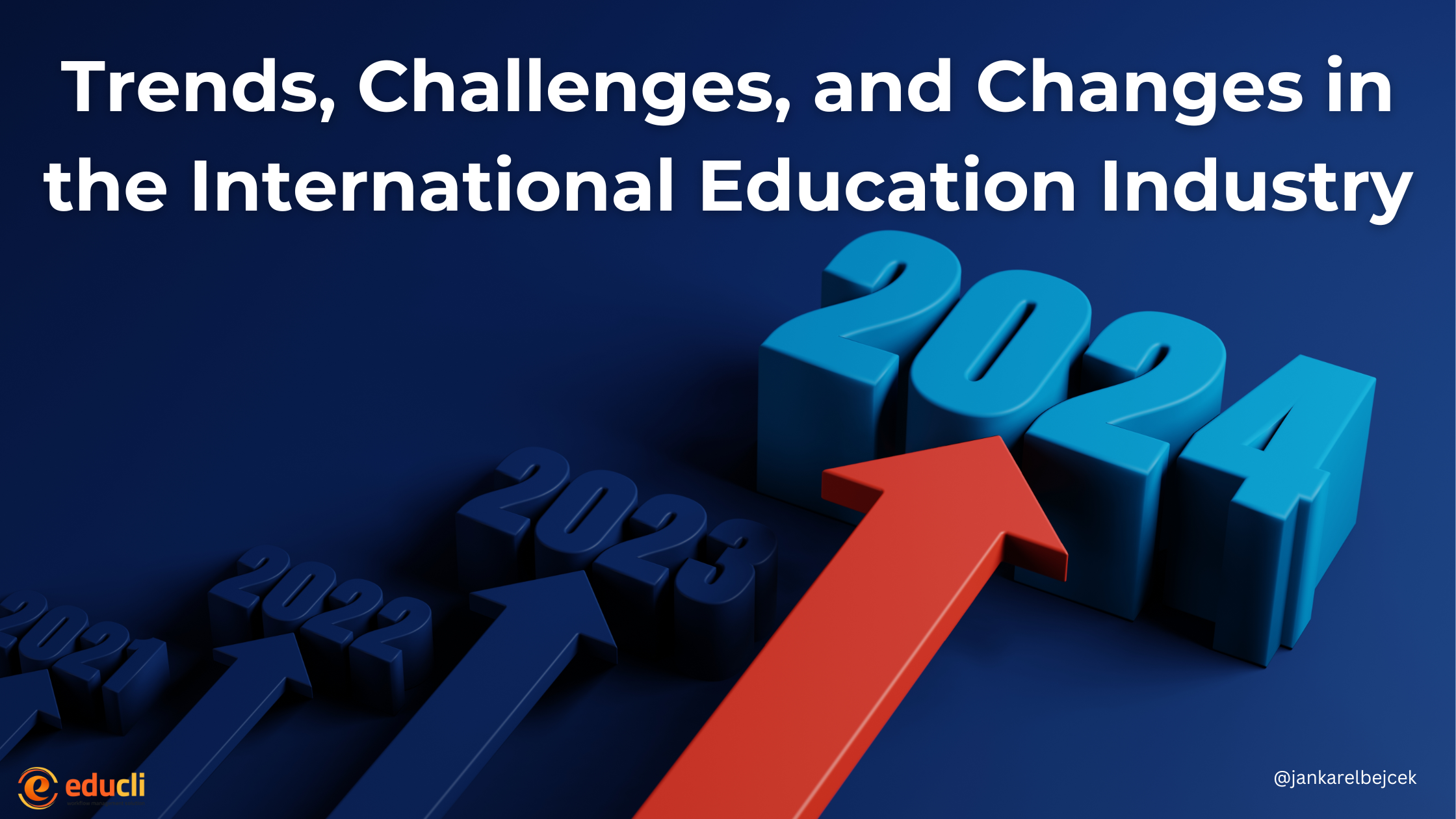Trends, Challenges, and Changes in the International Education Industry
The international education landscape is facing many challenges, from changes to immigration policies, rapidly evolving AI and changes to the demographics. Those changes are bringing both new opportunities and challenges. Here’s a snapshot of the key trends and shifts we’re seeing in the sector:
Challenges in Navigating Visa Policies and Compliance
Government policies around student visas and compliance are constantly evolving. Potential and current students must stay up to date with the ongoing changes and visa requirements.
Changes to Standards and Registration Requirements
Institutions must stay agile, ensuring their compliance processes align with regulations while also providing strong support to help international students navigate complex visa processes.
Rise of Short-Term Credentials and Online Learning
With the demand for flexible learning options, short courses, micro-credentials, and online learning are becoming more prevalent. Universities and colleges are increasingly offering specialized, industry-aligned programs, making education more accessible and tailored to evolving workforce needs.
Shifting Student Demographics
New markets are emerging as traditional student hubs like China and India diversify. There is growth in student mobility from regions like Latin America, Africa, and Southeast Asia, creating a demand for more region-specific marketing and student support.
Increasing Demand for Employability and Industry-Driven Learning
Students now seek more than just a degree – they want employability outcomes. Institutions are responding by integrating work-integrated learning (WIL), partnerships with industry, and skill development that aligns with job market demands, ensuring students leave prepared for real-world challenges.
Student Wellbeing & Support Services
Mental health and overall wellbeing are at the forefront as students face heightened pressures from being away from home, adjusting to new cultures, and managing their academic workload. Support services need to be holistic, culturally sensitive, and accessible to ensure that international students can thrive.
Technology as a Driver of Transformation
From AI-powered learning tools to virtual reality campus tours, technology is reshaping how institutions market to, engage with, and support international students. Leveraging data analytics to enhance student experience and outcomes is also a major trend in redefining how education is delivered.
The international education sector is ripe for innovation, but it also needs to remain adaptable to changing student needs, policy environments, and global market shifts. Institutions that prioritize student experience, employability, and flexibility will be the ones to thrive in this changing landscape.
What trends are you seeing, and how is your organization responding to these changes? Let’s discuss!
#InternationalEducation #EdTech #StudentSupport #HigherEducation #GlobalLearning #EducationTrends #Educli





Leave A Comment